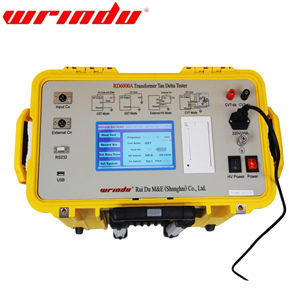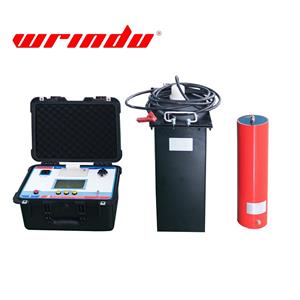IEC 61010 Safety Guide
What Is the Core Message of IEC 61010?
IEC 61010 sets safety rules for electrical and lab equipment. It protects users, nearby areas, and devices. However, real safety needs more than compliance. Designers must understand real use cases and real risks.
How Did IEC 61010 Evolve and What Is Its Purpose?
IEC introduced the standard in 1990. It first covered basic test equipment. Then the standard grew into many parts, such as -01 and -02-032. Each update reflects new technology and field experience. However, compliance alone does not ensure true safety. Designers must also consider misuse and real-world behavior.
What Environmental Conditions and Hazards Does IEC 61010 Address?
The standard covers many hazards. It includes electric shock, mechanical injury, fire, heat, fluid intrusion, radiation, and gases. However, it does not cover EMC, packaging, or explosive environments. It also does not guarantee functional performance.
How Does the Standard Address Protection Against Electric Shock?
IEC 61010 sets clear rules for shock protection. It requires safety in normal use and single-fault conditions. Creepage distance measures the path along insulation. Clearance distance measures the air gap between conductors. These distances help prevent arcing and keep users safe.
What Mechanical Hazards Must Designers Consider?
The standard limits many mechanical risks. It bans sharp edges and dangerous moving parts. It also disallows unstable structures and flying components. These rules reduce injury in daily use. They also reduce risk during foreseeable misuse.
How Robust Must Equipment Be to Meet IEC 61010 Requirements?
IEC 61010 includes strength and durability rules. Equipment must handle static loads, impacts, and drops. After these tests, designers check for cracks and leaks. They also check insulation and barriers. Moreover, equipment cannot expose moving parts.
How Does IEC 61010 Prevent the Spread of Fire?
The standard sets limits for fire hazards. It reduces ignition sources and improves fire containment. It also requires proper materials with a V-2 rating or better. These steps keep fire inside the device, even during faults.
What Requirements Apply to Materials and Enclosures?
Non-metallic enclosures must resist heat and ignition. Designers must consider dust and fluid intrusion. They also need to prevent foreign objects from entering the device. These choices protect the equipment and the user.
How Does the Standard Handle Radiation and Released Gases?
IEC 61010 limits exposure to UV, ionizing, and microwave radiation. It also requires safe handling of internal gases. Designers must stop leaks during normal use and during faults. These rules protect users from hidden dangers.
How Should Designers Apply IEC 61010 in Real-World Development?
Designers should treat the standard as a core safety guide. They must combine electrical, mechanical, and material knowledge. However, they must also focus on real environments and real user behavior. Good design begins with the right safety questions.
What Is the Key Takeaway for Designers and Users?
IEC 61010 offers strong safety guidance. Yet its true value appears in real application. Designers should adapt it to real risk conditions. Users and test engineers should learn the standard deeply. This knowledge supports safer decisions and safer equipment use.
IF you are interested in IEC 61010, please Contact Us!




